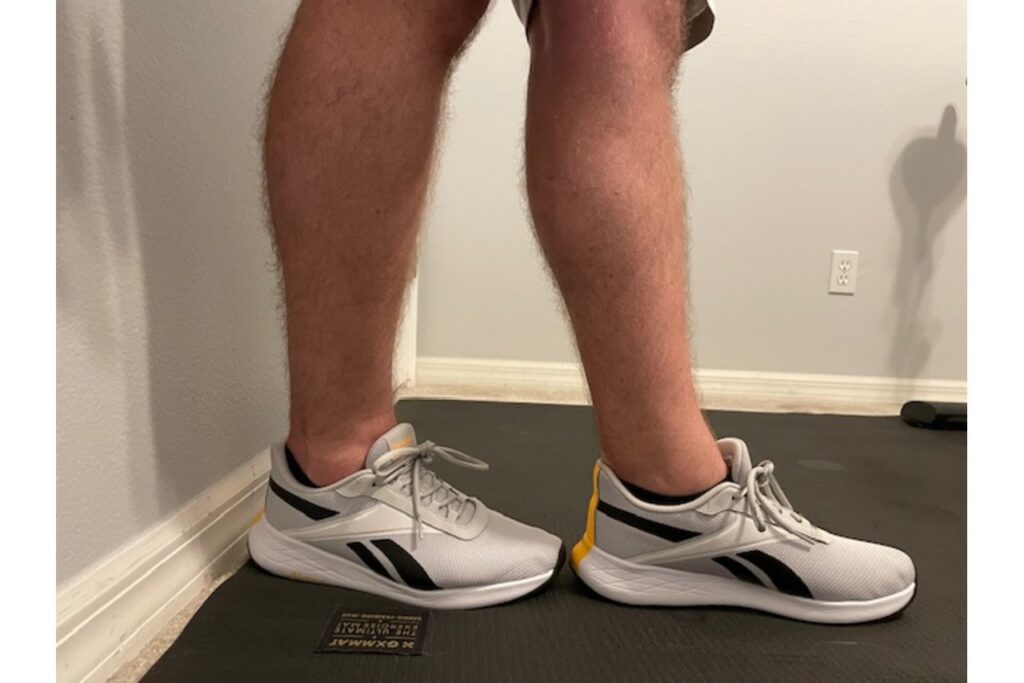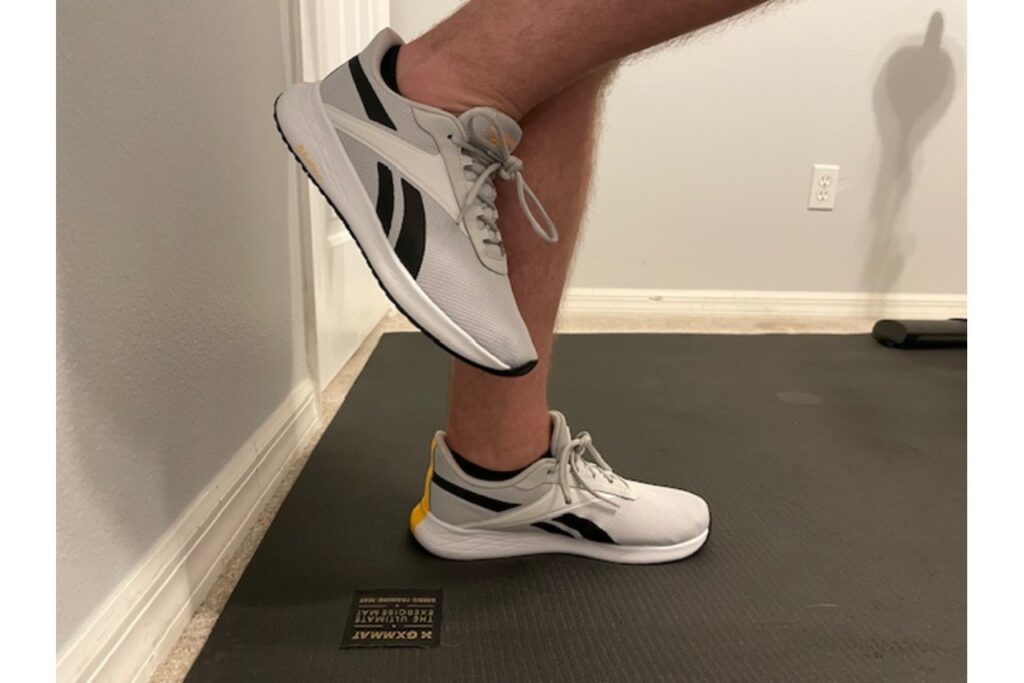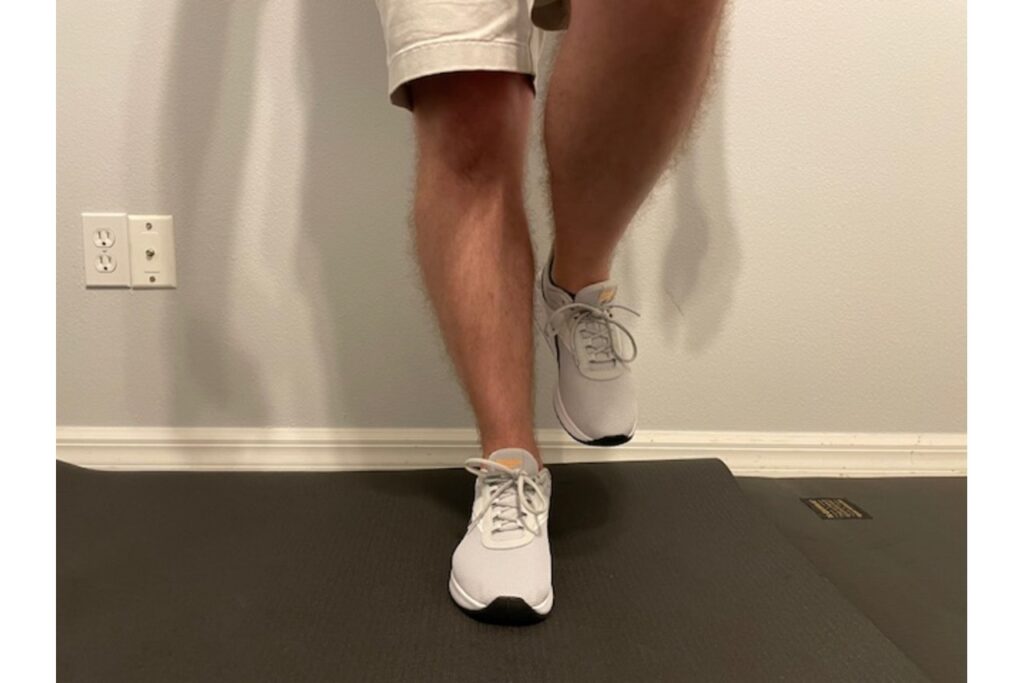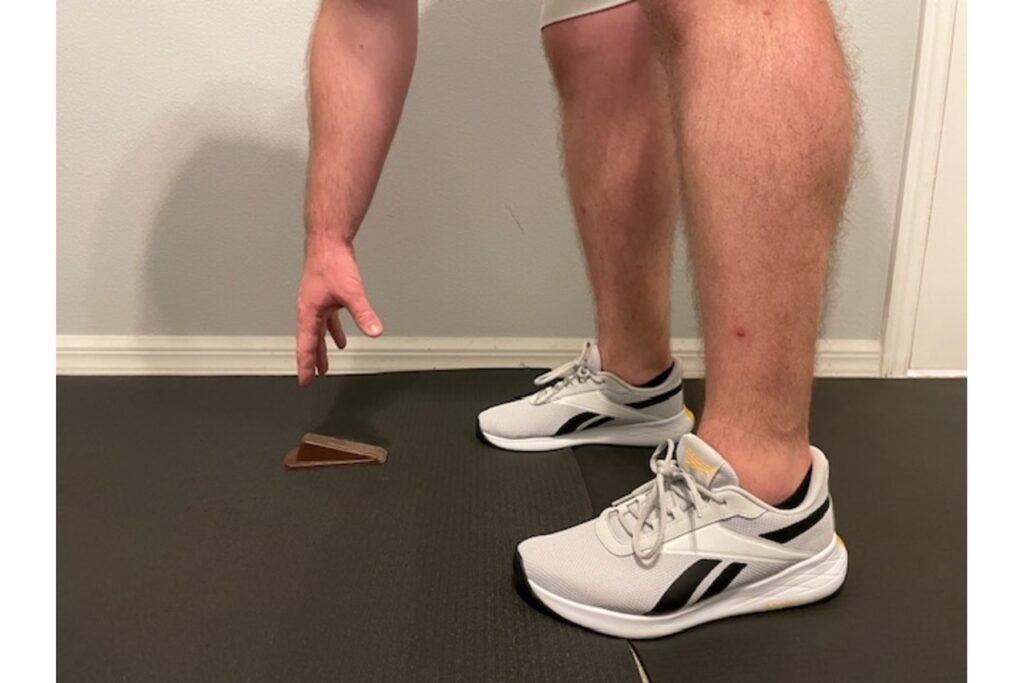In occupational and physical therapy, precise assessment tools can make a world of difference. The Berg Balance Scale is a key resource that therapists use to evaluate balance in patients, aiding in the development of targeted treatment plans. This tool is not only invaluable for assessing fall risk but also for tracking patient progress over time. In this post, we’ll explore the Berg Balance Scale, its importance, and how physical and occupational therapists can leverage it for better patient outcomes.
What is the Berg Balance Scale?

The Berg Balance Scale is an assessment tool designed to measure balance in patients. It’s widely used by physical therapists and occupational therapists to evaluate the stability of individuals, particularly older adults or those with impaired balance. The scale uses a series of 14 simple balance-related tasks to determine a score that reflects the patient’s balance abilities. Understanding this tool is crucial for therapists aiming to provide top-notch care.
Why Balance Assessment Matters
Balance is a foundational aspect of physical health. Poor balance can lead to falls, which are a leading cause of injury among older adults. By using the Berg Balance Scale Calculator, therapists can identify individuals at risk of falling and develop personalized intervention programs to enhance their stability. This proactive approach helps prevent injuries and promotes overall well-being.
Key Features of the Berg Balance Scale Calculator

The Berg Balance Scale stands out due to its comprehensive and systematic approach. It assesses 14 different tasks, including standing up from a sitting position, standing unsupported, and reaching forward with an outstretched arm. Each task is scored on a scale from 0 to 4, with the total score indicating the patient’s balance capabilities. These scores help in tracking progress and adjusting treatment plans effectively.
How to Administer the Berg Balance Test
Administering the Berg Balance Test requires understanding each task and observing the patient’s performance closely. Therapists should explain each task clearly and ensure the patient understands what is expected. Safety is paramount; therapists must be prepared to assist the patient if they lose balance. Recording accurate scores for each task is essential for reliable results.
Interpreting Results for Better Outcomes
The scores obtained from the Berg Balance Scale provide a clear picture of a patient’s balance status. A higher score indicates better balance, while a lower score signifies increased fall risk. Interpreting these results allows therapists to tailor interventions to each patient’s specific needs, focusing on improving areas where the patient has shown weakness.
Detailed Calculations with the Berg Balance Scale
The Berg Balance Scale involves scoring 14 individual tasks on a scale from 0 to 4, where 0 represents an inability to complete the task and 4 indicates the performance of the task independently and confidently. The total score, which ranges from 0 to 56, reflects the patient’s balance capabilities.
Each task is described with specific performance criteria, ensuring consistent and objective scoring. Here’s an overview of the calculation process:
- Sitting to Standing: The patient must move from a sitting to a standing position without using their hands for support. This test rewards scores based on the smoothness and correctness of the action.
- Standing Unsupported: This task involves the patient standing steady without any support for an extended period. Scores range from maintaining balance for less than 10 seconds to confidently standing for over 2 minutes.
- Sitting Unsupported: The focus here is on how well the patient can sit without back or arm support. Duration and posture are key scoring elements.
- Standing to Sitting: Similar to standing, this task is scored on how smoothly the patient can transition from standing to sitting without plopping or losing balance.
- Transfers: This involves the patient moving between two chairs positioned at different heights. Scoring depends on safety, speed, and need for support.
- Standing with Eyes Closed: The challenge of balance increases when the patient must rely less on visual cues, and scores are awarded based on maintaining this state confidently.
- Standing with Feet Together: This task further assesses balance with a narrow base. The duration and steadiness of maintaining this position determine the score.

Berg Balance Scale Continued
- Reaching Forward with an Outstretched Arm: The task tests balance as the patient reaches forward without shifting the base of support, with scoring influenced by the reach distance and balance maintenance.
- Retrieving Object from Floor: This involves the ability to bend and pick up an object without losing balance. The scores depend on the fluidity and control displayed during the task.
- Turning to Look Behind: The patient must maintain balance while turning their head to look over the shoulder. The score is based on how well the movement is executed without twisting the body excessively.
- Turning 360 Degrees: This task assesses the ability to turn both directions smoothly and consistently. The speed and steadiness of the turn are critical scoring components.
- Placing Alternate Foot on Stool: Alternating feet onto a step or stool tests coordination and balance. The number of successful placements within a set timeframe influences the score.
- Standing with One Foot in Front: This tandem stance tests balance with a more challenging base of support and scores based on duration and stability.
- Standing on One Foot: The task is perhaps the most difficult, requiring strong balance and stability. The ability to maintain this position determines the score.

By calculating the total score across these tasks, therapists gain insight into the patient’s functional balance, which aids in crafting personalized treatment interventions. Regular assessments can illuminate improvement trends, ensuring consistent adaptation of the rehabilitation plan.
By calculating the total score across these tasks, therapists gain insight into the patient’s functional balance, which aids in crafting personalized treatment interventions. Regular assessments can illuminate improvement trends, ensuring consistent adaptation of the rehabilitation plan.
Developing Personalized Treatment Plans
Once the Berg Balance Scale has identified areas of concern, therapists can develop personalized treatment plans. These plans may include exercises to enhance strength, improve coordination, and increase flexibility. By addressing the specific deficits revealed by the calculator, therapists can help patients achieve better balance and reduce their fall risk.
Tracking Progress Over Time
One of the significant advantages of using the Berg Balance Scale is the ability to track a patient’s progress over time. Regular assessments allow therapists to see how the patient’s balance has improved and make necessary adjustments to the treatment plan. This ongoing monitoring is crucial for ensuring the patient remains on the path to better balance and mobility.
Enhancing Patient Engagement

Engaging patients in their treatment plans can be challenging. However, the Berg Balance Scale Calculator can foster a sense of involvement and motivation. By showing patients their scores and explaining what they mean, therapists can help patients understand the importance of their exercises and the progress they have made, encouraging them to stay committed to their treatment.
Integrating Technology with the Berg Balance Scale
In today’s digital age, technology can enhance the use of the Berg Balance Scale. Many digital tools and apps can assist therapists in recording and analyzing test results more efficiently. Integrating these technologies into practice can streamline assessments and provide more precise data, ultimately improving patient outcomes.
The Importance of Continued Education
Staying updated with the latest developments in balance assessment tools like the Berg Balance Scale is vital for therapists. Continued education ensures therapists are using the most effective techniques and are aware of any new research related to balance assessment. Regular training and professional development opportunities can help therapists refine their skills and provide the best care possible.
Common Challenges and Solutions
While the Berg Balance Scale is a powerful tool, therapists may encounter challenges when using it. Common issues include patient non-compliance, difficulty with specific tasks, and interpreting ambiguous scores. Addressing these challenges involves clear communication, patient education, and sometimes modifying tasks to suit individual patient needs while maintaining the integrity of the assessment.
Future Directions in Balance Assessment
The field of balance assessment is continually evolving. Future directions may include the development of more advanced tools that provide real-time feedback and incorporate artificial intelligence. Staying informed about these advancements will help therapists continue to provide cutting-edge care and improve patient outcomes.
Conclusion
The Berg Balance Scale is an essential tool for physical and occupational therapists. By accurately assessing balance, it allows for the development of targeted, effective treatment plans that enhance patient outcomes. It is important to incorporate this tool into practice, it can help in preventing falls but also promotes overall health and well-being in patients.
The information provided on this website is for general informational purposes only. It is not intended as, nor should it be considered, professional or medical advice. Always consult a professional regarding your specific medical issue.
Frequently Asked Questions
What is the Berg Balance Scale used for?
The Berg Balance Scale is utilized to measure a patient’s balance and fall risk accurately. It helps therapists devise appropriate intervention strategies tailored to individual patient needs.
How often should the Berg Balance Assessment be repeated?
The frequency of reassessment depends on the patient’s condition and treatment goals. Generally, it is recommended that assessments occur periodically throughout the rehabilitation process to track progress and adjust plans as necessary.
Can the Berg Balance Scale Calculator be used for all patients?
While it is a versatile tool, the Berg Balance Scale is primarily designed for use with adults experiencing balance impairment. Modifications may be needed for certain patient populations such as children or individuals with severe disabilities.
What should I do if a patient is unable to complete a task?
If a patient is unable to complete a task, they should receive a lower score according to the BBS guidelines. It’s important to note any difficulties for future reference and consider incorporating modified tasks into their treatment.
References
- Berg, K. O., Wood-Dauphinee, S. L., Williams, J. I., & Maki, B. (1992). Measuring balance in the elderly: Validation of an instrument. Canadian Journal of Public Health, 83(Suppl 2), S7-S11.
- Downs, S., & Marquez, J. (2010). Berg Balance Scale: Effect of different tool versions on effectiveness. Journal of Rehabilitation Research & Development, 47(1), 55-66. doi:10.1682/JRRD.2009.03.0031
- Mazumder, R., Roy, K., & John, P. (2015). An evaluation of the reliability and validity of the Berg Balance Scale in patients with post-stroke hemiparesis. Rehabilitation Research and Practice, Article ID 235142. doi:10.1155/2015/235142
- Blum, L., & Korner-Bitensky, N. (2008). Usefulness of the Berg Balance Scale in stroke rehabilitation: A systematic review. Physical Therapy 88(5), 559-566. doi:10.2522/ptj.20070205
- Shumway-Cook, A., & Woollacott, M. H. (2000). Motor Control: Theory and Practical Applications. Lippincott Williams & Wilkins.
Recently Featured OT Insider Posts
RPE Explained: How to Use Rate of Perceived Exertion
PRN Medical Abbreviation: Everything You Need to Know
QID Medical Abbreviation: Everything You Need to Know
NPO Medical Abbreviation: Everything You Need to Know
The Rollator: How it’s Used to Enhance Recovery
I&O Medical Abbreviation: How to Use in Healthcare
Isometric vs Isotonic Exercises: How to Use in Rehabilitation
Dynamometer: How its Used in Rehabilitation
TID Medical Abbreviation: Everything You Need to Know
Slide Board Transfer: How to Safely Use in Healthcare Settings
